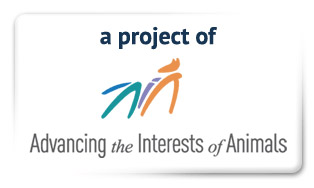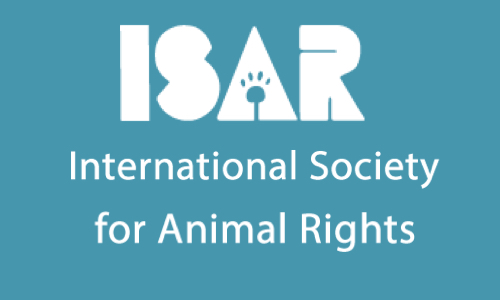Podcast: Play in new window | Download
Subscribe: RSS
This show features Attorney Bob Ferber, former Los Angeles animal cruelty prosecutor, who joins Lori to explore some of the rarely discussed practices in shelters claiming to be “no-kill.”
The Term “no-kill”, as in no kill shelter, imparts a feel-good aura to shelters, but in reality, it is poorly defined and not used in a transparent fashion by many shelters, particularly non-profit shelters.
Bob explains there actually is no such thing as “no-kill.” Most people take the plain meaning of “no-kill” to mean that the animals who enter a shelter will not be euthanized. And yet, the true expectation of most of us and proponents of the “no-kill” movement is that no adoptable animal entering a shelter will be killed. So that is the first issue.
But then, what does the term adoptable mean? Bob and Lori continue to discuss how the word adoptable itself is ill-defined in the realm of shelter operations. The main considerations affecting the purported adoptability of dog and cats are behavioral issues and medical conditions. Behavioral problems such as aggression in dogs, are typically assessed by shelter workers ill-equipped to make sound judgements. Many animals are frightened, confused and hungry when entering a shelter, which makes assessment that much more difficult. This applies to cats even more than dogs, as most shelter workers are not well-versed in understanding cat behavior. And for animals with medical concerns, instead of doing everything possible to heal sick and injured animals, the sad truth is that budgetary pressures determine the fate of most of these dogs and cats.
A disturbing practice in some non-profit shelters is to transfer difficult to adopt animals and those who would be slated for euthanasia to government shelters to do the dirty work. This permits the non-profit shelters to maintain their reputations as “no-kill” which in turn bolsters public support.
The interview concludes with Bob explaining a huge factor which underlies so much of shelter operations, which is extreme risk avoidance policies proscribed by lawyers who help draft operational policies. These policies are designed to minimize legal risk that may follow injury to workers and volunteers, or to adopters of the animals, but severely constrain adoptions and humane treatment in the shelters.
We conclude with a potpourri quiz. Do you know what animal has the largest brain? Which animal has the strongest bite? How about the animal with the longest tail? See if you can beat Peter’s performance.




This is an abomination
So they just remove them to a place where they will be killed
Liars liars liars. And I say cats that are dumped can be absolutely terrified and I’m sure they are killed right away. I hate all shelters. They are nothing but murderers